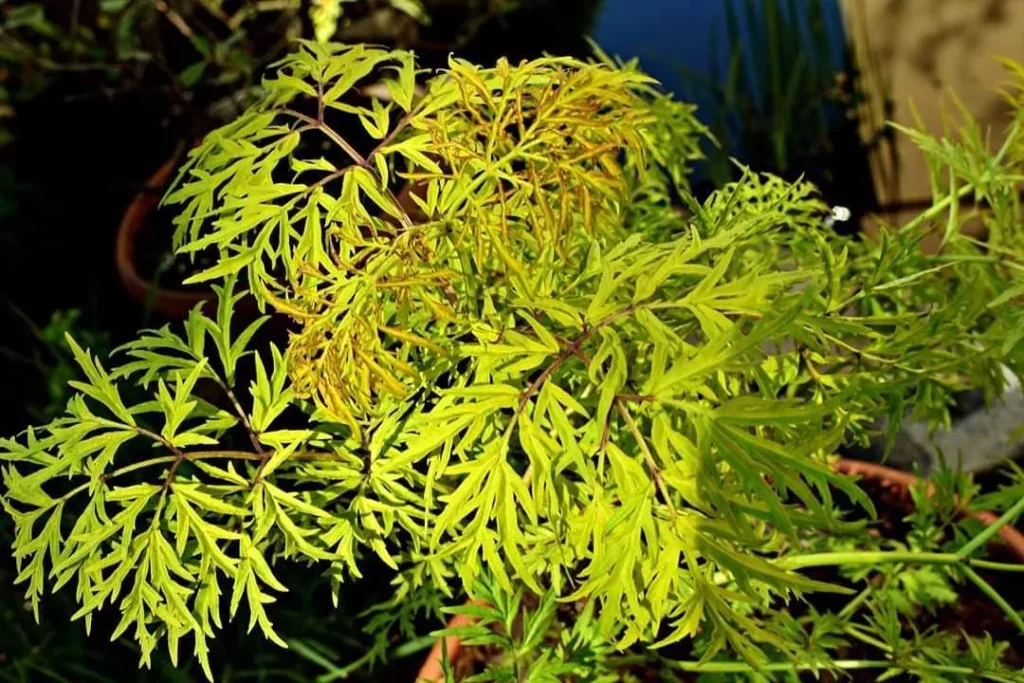Cerastium Glomeratum: The Lowdown on Sticky Chickweed
Hi, Ferb Vu here! Today, we’re diving into the world of Cerastium glomeratum, also known as sticky mouse-ear chickweed or clammy chickweed. This little wildflower might seem insignificant, but it’s a fascinating plant with a surprising amount to offer.
Whether you’re a curious gardener or simply stumbled upon this plant in your yard, this FAQ will answer all your burning questions about Cerastium glomeratum.
225 Species in Genus Cerastium
What is Cerastium Glomeratum?
Cerastium glomeratum is a flowering plant belonging to the Caryophyllaceae family, the same family as carnations and pinks. Native to Europe and parts of Asia, it’s become a widespread introduced species, popping up on most continents.
This annual plant is easily recognizable by its:
- Hairy appearance: Stems and leaves are covered in a mix of glandular and non-glandular hairs, giving it a grayish hue.
- Erect growth habit: Unlike its common cousin, chickweed (Stellaria media), sticky chickweed stands taller with a more upright posture.
- Dense clusters of flowers: Tiny white flowers with five petals bloom in late winter to early spring, forming compact clusters at the top of the stems.
Is Cerastium Glomeratum a Weed?
This depends on your perspective. Sticky chickweed thrives in disturbed areas, tolerating a wide range of soil conditions and readily spreading by seed. In cultivated gardens, it can become unwanted competition for your prized flowers and vegetables.
However, its low-growing nature and short lifespan make it a less aggressive weed compared to others.
Here’s the good news:
- Easy removal: Since it’s an annual, simply pulling the plants up before they set seed effectively controls its spread.
- Beneficial insects: The tiny white flowers attract pollinators like bees and butterflies, which can be helpful in your garden.
Ultimately, the decision of whether Cerastium glomeratum is a friend or foe rests with you.
Can I Use Cerastium Glomeratum in My Garden?
Absolutely! Despite its weedy tendencies, sticky chickweed can be a charming addition to your garden with the right approach.
Here are some ways to use it:
- Groundcover: Its low-growing habit and tolerance for dry conditions make it a suitable choice for filling gaps in your flower beds or walkways.
- Rock gardens: The grayish foliage adds texture and interest to rock gardens, especially when cascading over rocks.
- Wildflower meadows: If you’re looking to create a naturalized meadow, sticky chickweed blends well with other wildflowers and provides early season blooms.
Planting Tips:
- Sticky chickweed readily self-seeds, so you might not even need to plant it!
- If you do want to introduce it, simply scatter seeds in a desired location in fall or early spring.
- It thrives in full sun to partial shade and well-drained soil.
How to Differentiate Cerastium Glomeratum from Chickweed (Stellaria media)?
Both chickweed and sticky chickweed are common wildflower look-alikes. Here’s a quick guide to tell them apart:
- Growth habit: Chickweed has a sprawling, creeping growth, while sticky chickweed has a more upright, clumping form.
- Leaves: Chickweed leaves are more oval-shaped with smooth edges, while sticky chickweed has slightly pointed leaves with a hairy texture.
- Flowers: Chickweed flowers are solitary or grow in loose clusters, while sticky chickweed flowers form dense, compact clusters.
With a little practice, you’ll be able to easily identify these two common plants.
Interesting Facts About Cerastium Glomeratum
There’s more to sticky chickweed than meets the eye! Here are some interesting tidbits:
- Medicinal uses: In some regions, the juice of the plant is used topically to treat headaches and nosebleeds.
- Habitat versatility: It can tolerate a wide range of habitats, from fields and roadsides to wastelands and even mountain slopes.
- Food source: Sticky chickweed is a valuable food source for some insects, including rabbits and voles.
Conclusion
Cerastium glomeratum, the sticky chickweed, might be a common wildflower, but it offers a surprising amount of ecological value. Whether you choose to control it in your garden or embrace its unique characteristics, this little plant deserves a closer look.
If i die, water my plants!



